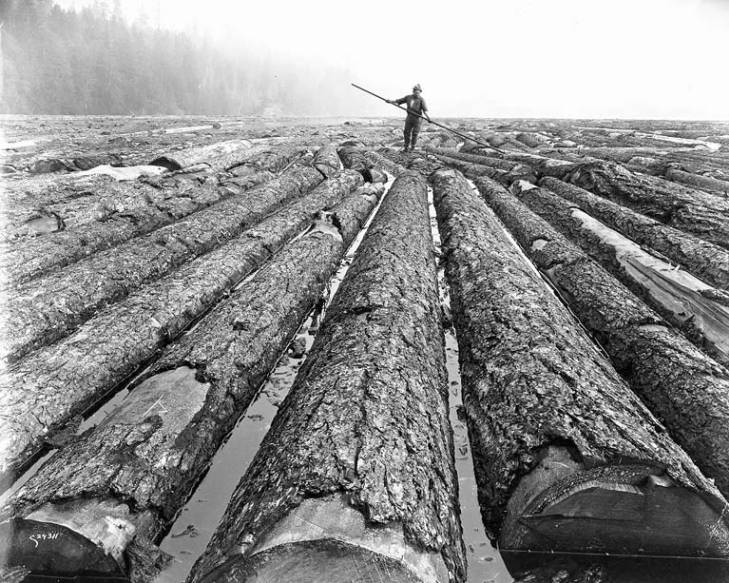Posted on in by
ResurfacedPacific Northwest are among the largest trees on earth; and its wood is versatile for varied applications. But we were still surprised to see it turn up in the dismantled wooden tanks at the Lea & Perrins Worcestershire Sauce company. Impregnated with the sweet and pungent smell of the popular sauce, the re-milled wood require a film coat after install, but the woods remains a feast for the senses.
Application
Flooring, PanelingThickness
1/2", 3/4"Widths
3"-14"Lengths
3"-12"Color and Surface
Re-surfaced, it has brownish-orange tones, and uneven grain, with figure that is often straight, but can form curly spirals, that is wild and gamy, as if the wood is high on the mushrooms that grew in the old-growth soil.
Nature and Culture
Douglas fir is not a fir, but a close relative of hemlock. One early nineteenth-century botanist, David Douglas (1799–1834), is credited with the tree’s common name, and Douglas’s rival Archibald Menzies (1754–1842) with its scientific name, Pseudotsuga menziesii. The tree grows in mountainous virgin stands where the misty air links land and sea in the Pacific Northwest and turns trees into skyscrapers.




